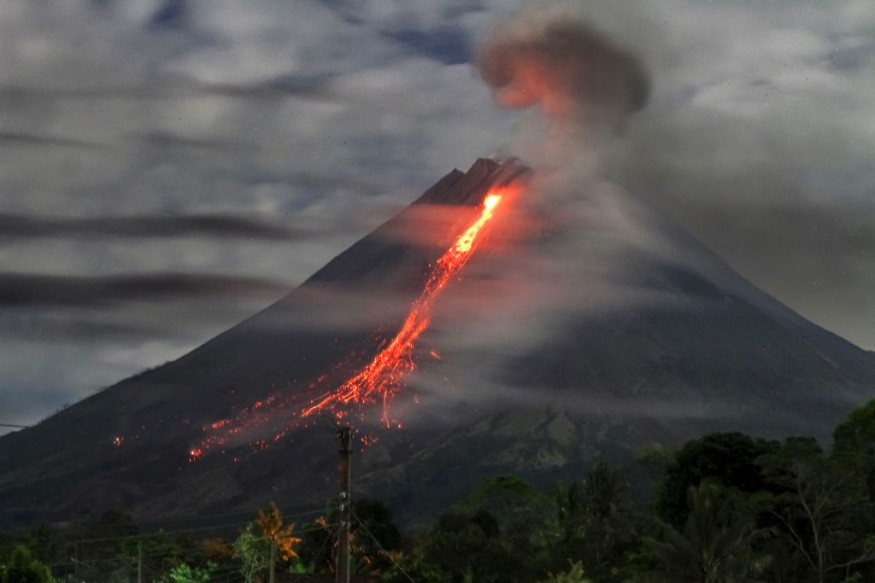Ancient Australian volcanoes revealed a mystery about a gap in our understanding of how hotspot volcanism entirely works, according to a new study led by researchers in Australia.
Hotspot volcanoes can generate a remarkably large amount of lava. They are also fundamental in Earth's evolution and atmosphere. However, our understanding of these volcanoes is limited, the researchers say.
For decades, our knowledge of volcanoes has significantly developed in terms of examining volcanic activities and volcanic materials like ash, lava, gas, and others. Furthermore, volcanologists and other concerned scientists were also able to predict the next volcanic eruption more accurately prior to seismic activity-detecting equipment.
Still, scientific literature about mantle plumes, volcanic architecture, and eruption styles remains poor, according to the study's authors. Now, new findings on the almost extinct ancient chain of Australian volcanoes are helping scientists to enlighten our understanding of a hotspot, which helped shaped the structure and even lifespans of both extinct and active volcanoes of today.
Ancient Australian Volcanoes

The recent paper was published in the journal Nature Geoscience on March 23, wherein a research team from the University of Queensland combined the fields of mineralogy, petrology, and geochronology.
The combined areas aim to determine the 'longest continental hotspot chain' on Earth and to assess the impact of a weakening plume strength in terms of influx of magma and pre-eruption transport and storage of magma
The team used eastern Australia as a site that hosts the continental hotspot volcanoes, which had erupted in the past 35 million years. This was possible as the Australian continent moved above a hotspot region inside our planet, as summarized by Phys.org.
The significance of the study about the Australian hotspot chain provides us with an understanding of a hotspot volcano's life cycle, evolution, and eruption. This is in the context that data about hotspot volcanism remains limited, as mentioned earlier, compared to other common types of volcanoes.
What is a Hotspot Volcano?
In the field of geology, a hotspot is an area within the Earth's mantle layer from which hot plumes of magma or molten rock rise upward, a process responsible for the foundation of volcanoes on the covering crust, according to National Oceanic and Atmospheric Administration (NOAA).
Placing emphasis, the NOAA said there is a theory that plumes of mantle magma rise to the surface through buoyancy from an unidentified source within the Earth's deep mantle. When molten rock upsurges into the mantle's shallow part, the mantle material partially melts and then it further goes up to the surface where it is set to erupt as a hotspot volcano, the US government agency explains.
As of 2023, some of the world's most well-known active hotspot volcanoes include the ocean volcanic islands of Hawaii in the Pacific Ocean and the Canary Islands volcanoes in the Atlantic Ocean, according to Phys.org. Nevertheless, the movement of tectonic plates could still change the positions of these volcanoes, either pulling or pushing them above a hotspot.
© 2025 NatureWorldNews.com All rights reserved. Do not reproduce without permission.





